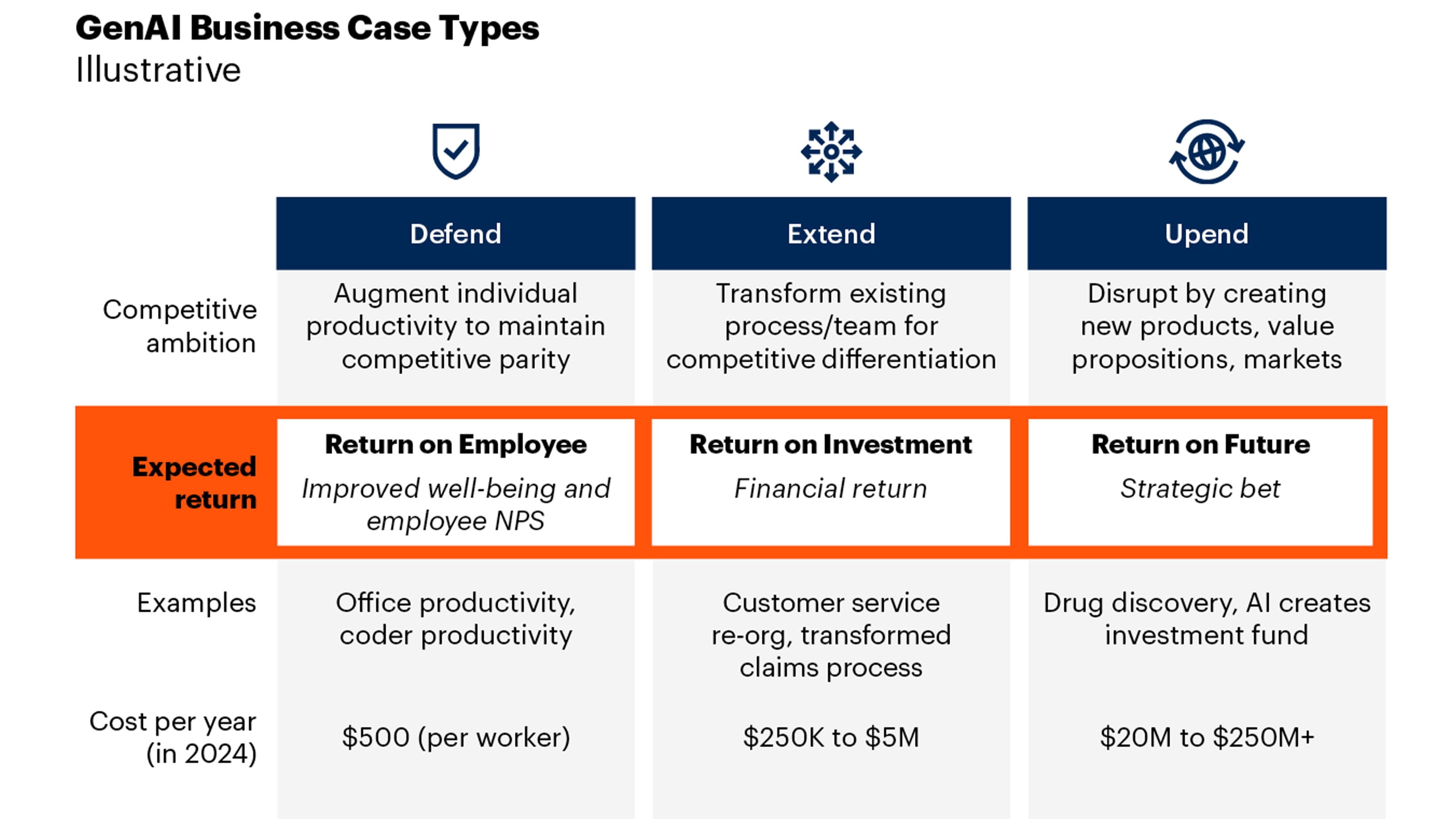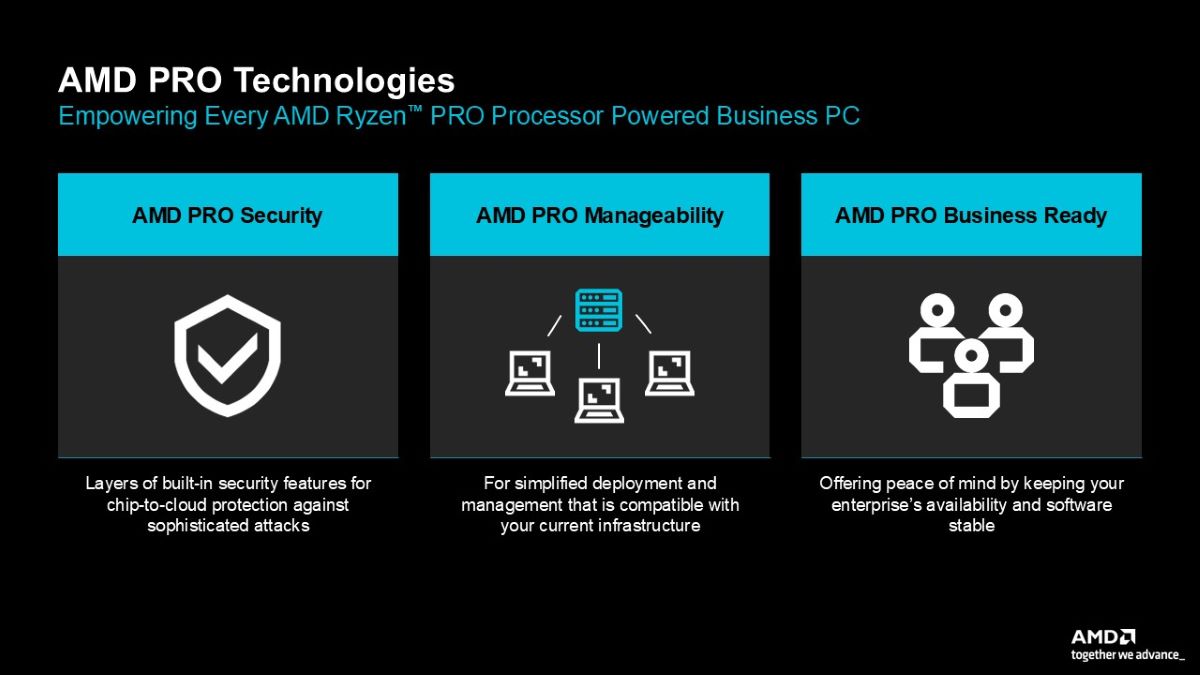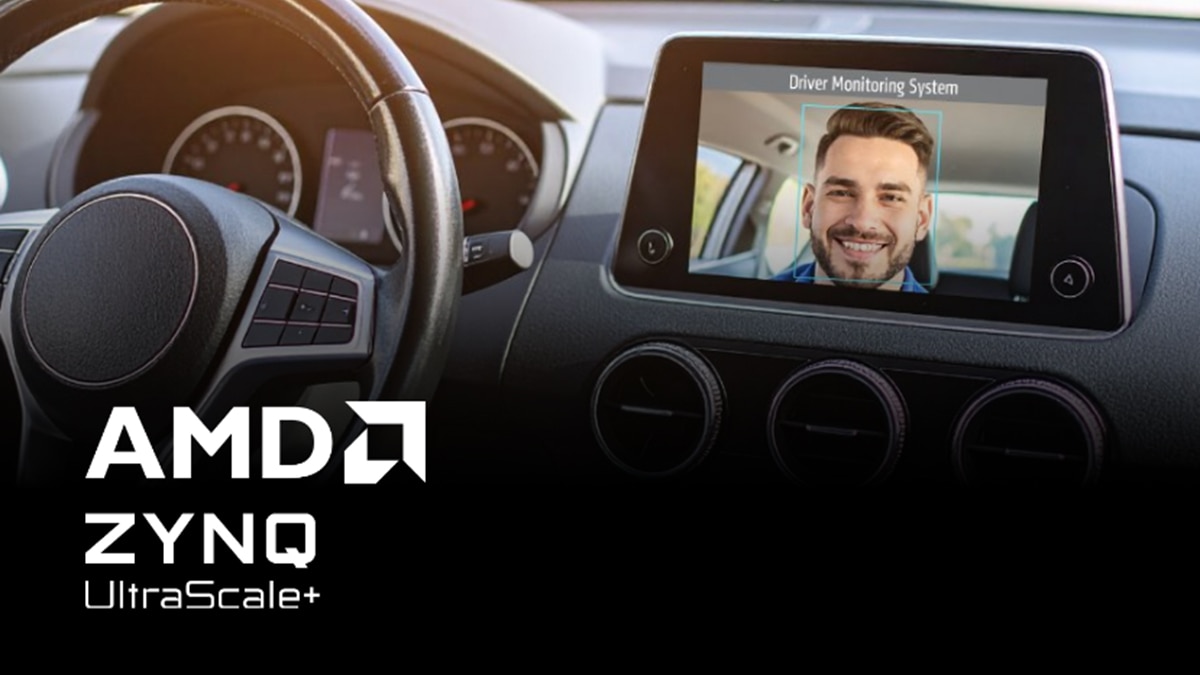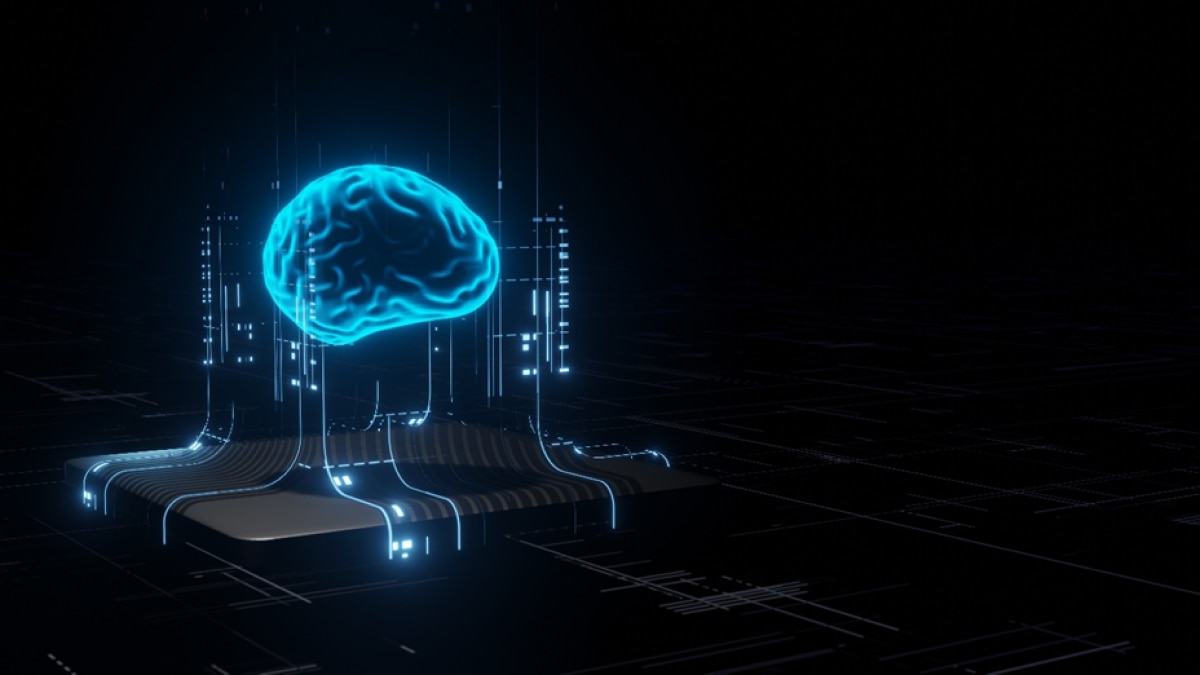The Future of AI PC Adoption, Through 2025 and Beyond
Jul 02, 2025

Over the past few years, I've written several posts detailing the rise of AI PCs and the role AMD has played in bringing this new class of systems to market. In 2023, AMD led the industry by launching the first processors with an integrated neutral processing unit (NPU) capable of up to 10 TOPS*. In 2024, we improved peak NPU performance by over 5x, with an NPU based on the XDNA™ 2 architecture that could reach up to 55 TOPS. 2025 saw the arrival of the AMD Ryzen™ AI Max PRO Series processors. This revolutionary APU is the most powerful x86 APU in the market today capable of dedicating up to 96GB of unified RAM to the GPU, giving developers and end-users an unparalleled system for fine-tuning AI models, on-device LLM inference, and running the most advanced workstation workloads in a thin-and-light laptop or a mini desktop PC.
As AI and AI PCs have evolved, multiple analyst firms have published useful guides on why 2025 is a critical year for AI PC adoption, including key steps to take when taking AI deployments from proof-of-concept to full production. Most recently, a report from Gartner® discusses how to think about the long-term business potential of AI initiatives**.
Individually, each of these articles is an interesting window into what various analyst firms believe AI and AI PCs offer the enterprise and how these technologies are likely to be adopted. Combine them, and a broader roadmap for the future begins to take shape.
According to the Gartner report, AI deployments can be classified as "Defend", "Extend", or "Upend" initiatives, each of which targets a different use-case and supports a particular type of value.
"Defend" initiatives are implemented individually and focus on improving general productivity. The value of defend initiatives is found in the benefits employees feel these tools deliver, rather than being strictly tied to a concrete metric. Survey data suggests that AI tools offer a substantially higher NPS (Net Promoter Score) than is average for digital workers.

"Extend" initiatives are implemented across entire teams and focus on improving a defined set of metrics. These projects do tie back to return on investment and should be evaluated as such. As the name implies, extend projects don't invent wholly new lines of business -- the value they offer is in how they streamline existing processes, ideally leading to better customer outcomes and higher employee productivity when evaluated with previously-defined KPIs. The ability to measure the impact of Extend initiatives in concrete terms is a critical component of what sets this category apart.
"Upend" initiatives are moonshots. These projects don't build on business processes that came before, so much as they seek to invent new ones from first principles. While they may offer the greatest potential gain, they also involve the largest degree of uncertainty.
Putting It All Together
Now that I've walked through the Gartner report’s findings, let's look at how it fits into the landscape of AI and AI PC adoption.
AI PCs are expected to rapidly proliferate across the commercial market as OEMs bring more systems to market and software developers update existing software and roll out new applications adding AI functionality. The upcoming end of Windows 10 support on October 14, 2025 provides a natural point for companies to simultaneously consider how AI and AI PCs could strengthen and improve existing lines of business. In addition to these changes, businesses are looking for solutions that provide them with enterprise-grade security, manageability, and reliability while lowering TCO. AMD is dedicated to delivering the solutions our users need for both AI and non-AI workloads.
With AMD Ryzen PRO, Ryzen AI PRO, and Threadripper PRO processors, customers receive the added benefits of AMD PRO Technologies to address the need for security, manageability, and reliability. The three components of AMD PRO Technologies – AMD PRO Business Ready, PRO Manageability, and PRO Security – collectively provide professional AMD users with 24 months of planned availability, 18 months of software stability, a multi-faceted security strategy backed by silicon implemented directly on-die, and comprehensive support for remote deployment and management solutions from multiple vendors.

Additionally, testing by Principled Technologies found that AMD hardware deployments were up to 41% faster than the competition, requiring significantly less system time to complete the same tasks. A recent Signal65 report also found that large enterprise customers could save up to $50M in employee time and acquisition costs within the first year, thanks to the high performance and efficiency of AMD Ryzen AI Series processors in conventional office productivity workloads.
There are a lot of companies building or shipping AI processors today, but only AMD offers a broad solution portfolio that stretches from personal computers to enterprise server deployments. From datacenter DPUs to consumer AI integration, AMD is building the future, while offering customers flexible hardware whose deployments they can tailor to meet their own computing needs.
Companies that choose their AI PC platforms with an eye towards future operations will be in the best position to take advantage of artificial intelligence, no matter where it runs. AMD Ryzen™ AI PRO 300 Series and Ryzen™ AI Max PRO processors both provide an NPU capable of up to 50 TOPS, ensuring these capabilities are foundational to any new systems a company chooses to deploy***. The additional RAM and larger GPU baked into the Ryzen AI Max PRO Series processors provide a platform for additional AI capabilities and higher workstation performance, without asking customers to choose between high-efficiency AI offload (NPU) and a strong GPU core.
This whitepaper by AMD explores our further opinions on the Gartner report and the usefulness of its Defend / Extend / Upend tripartite classification scheme. It frames the discussion within the larger context of AI PCs as this new class of systems attempts to redefine the fundamental limits of computing in ways that rival the invention of the GUI or the advent of the internet. I'd recommend it to anyone looking for a deeper dive into why the hardware and software industries have both pivoted towards AI as a critical feature for future systems.
I believe that the accelerated AI innovation over the past couple of years is one of the most exciting transformations that have happened in several decades. AMD has already taken a leadership position in bringing AI to commercial clients, without compromising traditional features like battery life, performance, or security. From AMD Instinct™ GPUs to Ryzen™ AI processors, across both hardware and the rapid innovations of software with ROCm, we’re building a comprehensive ecosystem along with our OEM and ISV partners – and we can’t wait for you to take full advantage of it.
*Trillions of Operations per Second (TOPS) for an AMD Ryzen processor is the maximum number of operations per second that can be executed in an optimal scenario and may not be typical. TOPS may vary based on several factors, including the specific system configuration, AI model, and software version. GD-243.
**Gartner, The 3 Business Cases of Generative AI Value, Nate Suda, Hung LeHong, 6 January 2025
***Ryzen™ AI is defined as the combination of a dedicated AI engine, AMD Radeon™ graphics engine, and Ryzen processor cores that enable AI capabilities. OEM and ISV enablement is required, and certain AI features may not yet be optimized for Ryzen AI processors. Ryzen AI is compatible with: (a) AMD Ryzen 7040 and 8040 Series processors and Ryzen PRO 7040/8040 Series processors except Ryzen 5 7540U, Ryzen 5 8540U, Ryzen 3 7440U, and Ryzen 3 8440U processors; (b) AMD Ryzen AI 300 Series processors and AMD Ryzen AI PRO 300 Series processors; (c) all AMD Ryzen 8000G Series desktop processors except the Ryzen 5 8500G/GE and Ryzen 3 8300G/GE; (d) AMD Ryzen 200 Series processors and Ryzen PRO 200 Series processors except Ryzen 5 220 and Ryzen 3 210; and (e) AMD Ryzen AI Max Series processors and Ryzen AI PRO Max Series processors. Please check with your system manufacturer for feature availability prior to purchase. GD-220e.
GARTNER is a registered trademark and service mark of Gartner, Inc. and/or its affiliates in the U.S. and internationally and is used herein with permission. All rights reserved.








